Cultivation Secrets for High-Potency Cannabis Flowers
Cultivating high-quality, potent cannabis flower involves meticulous practices, from environmental c…….
In the ever-evolving world of cannabis, the term “potent cannabis strains” has emerged as a cornerstone concept, capturing the attention of enthusiasts, researchers, and industry professionals alike. This article aims to provide an in-depth exploration of these exceptional varieties, unraveling their genetic makeup, cultural significance, and profound impact on various aspects of society. By delving into history, global trends, economic implications, technological innovations, policy landscapes, and real-world applications, we will uncover the multifaceted nature of potent cannabis strains and their role in shaping the future of this versatile plant.
Potent cannabis strains refer to varieties of Cannabis sativa or Cannabis indica that possess an elevated concentration of tetrahydrocannabinol (THC), the primary psychoactive compound responsible for its characteristic effects. These strains are distinguished by their unique genetic profiles, which contribute to their potency and diverse therapeutic attributes. Historically, cannabis has been cultivated for millennia, with early users recognizing its medicinal properties and psychological effects. However, it is only recently that advancements in cultivation techniques and scientific understanding have enabled the selective breeding and identification of strains with exceptionally high THC levels.
The core components of potent cannabis strains include:
THC Concentration: Strains are categorized as potent based on their THC content, which can range from moderate to extremely high levels. Modern strains often boast THC concentrations exceeding 20%, with some rare varieties reaching upwards of 35%.
Genetic Diversity: The genetic makeup of cannabis plays a crucial role in determining its characteristics. Crossbreeding different strains over multiple generations allows for the introduction and amplification of specific genes, leading to enhanced potency and desirable traits.
Cultivation Techniques: Skilled cultivation practices, including climate control, nutrient optimization, and precise timing, contribute to maximizing the plant’s potential. Advanced techniques such as hydroponics, aeroponics, and controlled environment agriculture further enhance the concentration of cannabinoids in the final product.
The global impact of potent cannabis strains is profound, with its influence rippling through diverse cultures and economies. Key trends shaping this landscape include:
| Region | Trends & Impact |
|---|---|
| North America | Legalization of medical and recreational cannabis in numerous states has driven a boom in the potent strain market. California, known for its high-THC varieties, leads in production and export, setting global standards. |
| Europe | With growing acceptance and legalization across many countries, European consumers demand a wide array of potent strains. The Netherlands, Germany, and Spain are notable hubs for cannabis cultivation and research. |
| Asia | China and India, with their rich cannabis history, are experiencing a resurgence in interest. Potent strains are being cultivated for both medicinal and recreational purposes, attracting international attention. |
| Latin America | Countries like Uruguay and Peru have embraced cannabis legalization, fostering a vibrant market for high-potency varieties. These regions contribute to global supply while also benefiting from medical tourism. |
The economic aspects of potent cannabis strains are multifaceted, spanning agriculture, pharmaceuticals, and recreational markets. Here’s an analysis:
Market Dynamics: The global cannabis market is projected to reach a staggering value of $73.6 billion by 2027, with potent strains playing a significant role in this growth. The demand for high-THC products continues to rise, driving up prices and fostering specialized cultivation practices.
Investment Patterns: The industry attracts substantial investments from venture capitalists, private equity firms, and multinational corporations. These funds support research, cultivation facilities, and infrastructure development, particularly in regions with favorable policies.
Pharmaceuticals: Potent strains are the foundation of a thriving medicinal cannabis industry. High-THC varieties are used to treat various conditions, including chronic pain, nausea from chemotherapy, and epileptic seizures. This segment drives innovation in product formulations and delivery methods.
Recreational Market: In legal markets, potent strains cater to adult consumers seeking intense psychological effects. This segment has fueled the rise of specialty cannabis retailers and enhanced product branding, creating a vibrant consumer culture around high-potency products.
Technological innovations have revolutionized the cultivation process, enabling precise control over strain genetics and environmental conditions. Key advancements include:
Genetic Testing: Advanced genetic testing techniques allow breeders to identify specific genes associated with potency and desired traits. This precision breeding ensures consistent high-THC production while maintaining other beneficial cannabinoids.
Biotechnology: Genetic engineering offers the potential for creating novel cannabis strains with enhanced properties. Researchers are exploring ways to introduce new terpenes, flavonoids, and cannabinoid profiles, expanding the therapeutic potential of potent strains.
Vertical Farming: This technology optimizes space and resource utilization in urban settings. Vertical farms can produce high-quality cannabis indoors, ensuring year-round cultivation and consistent product quality.
Cannabis Analytics Software: Advanced software platforms provide real-time monitoring of plant growth, nutrient levels, and cannabinoid profiles. These tools empower cultivators to make data-driven decisions, maximizing yield and potency.
The policy landscape surrounding potent cannabis strains varies widely across jurisdictions, reflecting the ongoing global debate on their regulation. Key considerations include:
Legalization vs. Regulation: Some countries have legalized recreational use, while others permit medical access only. Strict regulations are in place to control cultivation, distribution, and product quality, ensuring consumer safety.
THC Limits: Many legal markets set maximum THC limits for retail products, ranging from 10% to 20%. These regulations balance the therapeutic benefits of high-THC strains with public health concerns.
Research and Medical Access: In countries where cannabis is legalized for medical purposes, potent strains are often prescribed for specific conditions. Rigorous research programs aim to understand their efficacy and safety, shaping future policy decisions.
Potent cannabis strains have proven their therapeutic value in numerous real-world applications:
Chronic Pain Management: High-THC varieties have shown promise in treating chronic pain conditions, offering an alternative to opiate-based medications. Patients report reduced reliance on prescription drugs and improved quality of life.
Nausea and Appetite Stimulation: Chemotherapy patients often experience severe nausea, which potent cannabis strains can help alleviate. The THC content helps suppress nausea while the presence of terpenes like limonene enhances appetite.
Epilepsy Treatment: Some rare forms of epilepsy are treatable with high-THC cannabis oils. These products, when administered as prescribed by doctors, have shown remarkable efficacy in reducing seizure frequency and improving patient outcomes.
Post-Traumatic Stress Disorder (PTSD): The anti-anxiety effects of potent strains are being explored for PTSD treatment. Research suggests that specific cannabinoid profiles can help reduce symptoms, offering hope for veterans and other affected individuals.
While potent cannabis strains hold immense potential, there are challenges and ethical considerations to address:
Overregulation vs. Public Safety: Striking a balance between fostering innovation and ensuring public safety is crucial. Strict regulations must protect consumers while allowing for responsible research and development.
Youth Access Prevention: Protecting youth from the potential risks of potent strains is paramount. Educating young people about cannabis use and implementing robust age verification systems are essential measures.
Stigma and Discrimination: Individuals with mental health conditions or those who use cannabis for medicinal purposes should not face stigma or discrimination. Healthcare providers and policy makers must advocate for equitable access to treatment options.
Potent cannabis strains represent a fascinating intersection of genetics, cultivation, technology, and human need. As global acceptance and research continue to grow, these exceptional varieties will undoubtedly play a pivotal role in shaping the future of cannabis. By embracing responsible cultivation practices, advancing scientific understanding, and implementing thoughtful policy frameworks, we can harness the power of potent strains for the betterment of society while mitigating potential risks.
As the world navigates this evolving landscape, continued exploration and dialogue are essential to unlocking the full potential of these remarkable plants and ensuring their positive impact on humanity’s well-being.
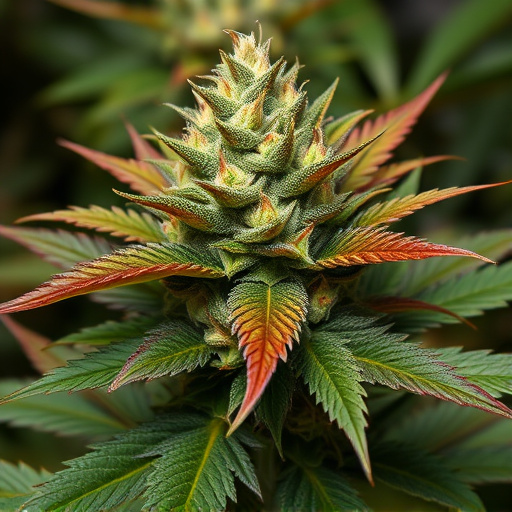
Cultivating high-quality, potent cannabis flower involves meticulous practices, from environmental c…….
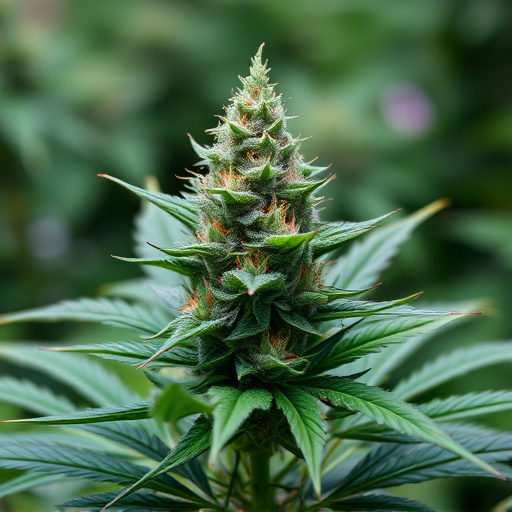
Understanding potent cannabis strains requires knowledge of varying THC levels (5%-20%) and their im…….
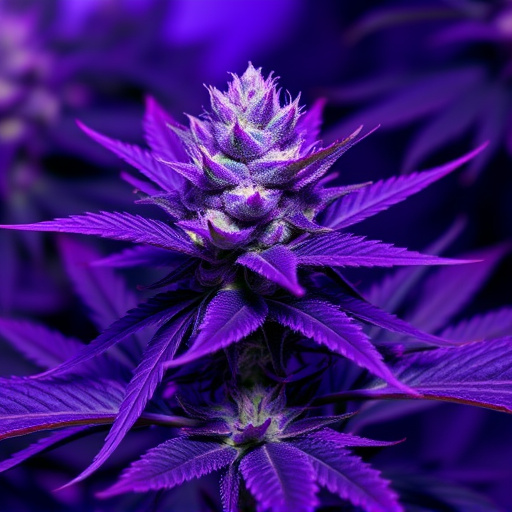
The natural production of cannabinoids in cannabis flowers is linked to pigmentation, with THC and C…….
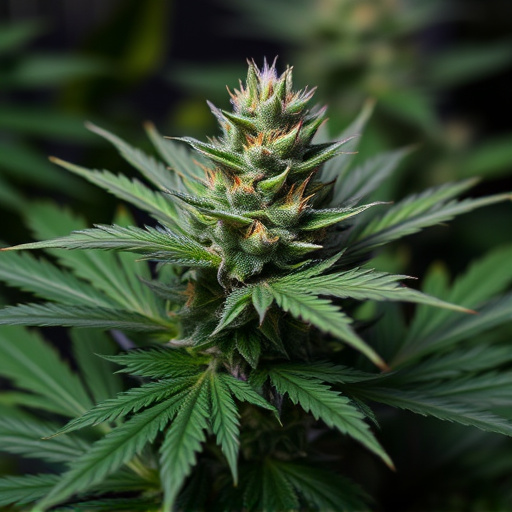
This text explores the key differences between Sativa and Indica cannabis strains, their effects, an…….
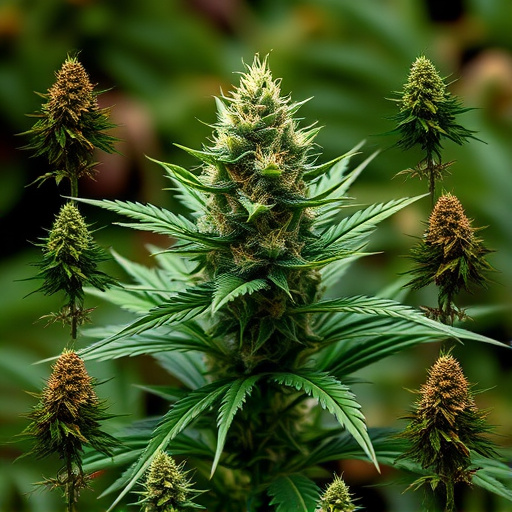
Outdoor, sun-grown cannabis offers distinct advantages like higher THC levels and diverse terpene pr…….
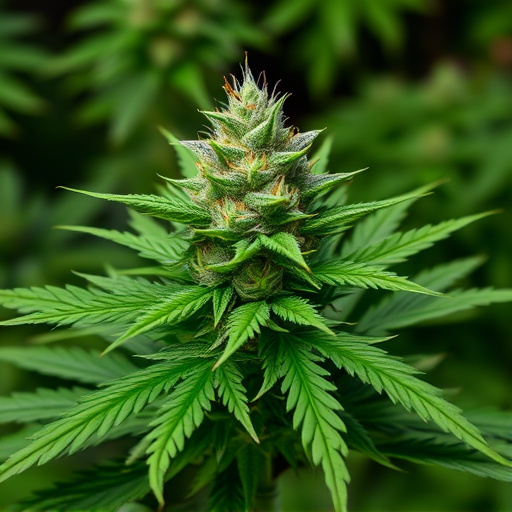
Visual inspection is a powerful tool for assessing weed quality, focusing on vibrant green foliage,…….
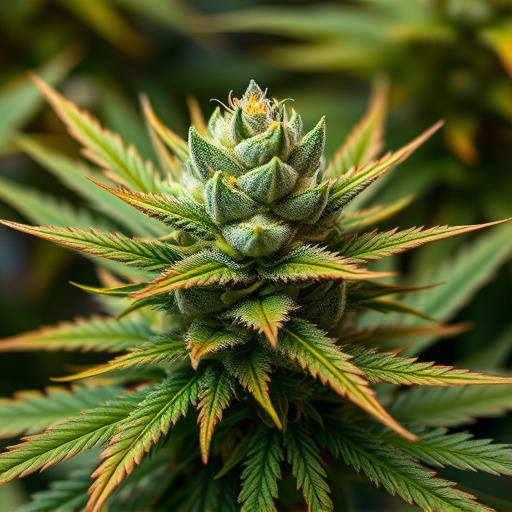
Trichomes, microscopic crystals on cannabis flowers, are key indicators of potency. They produce can…….
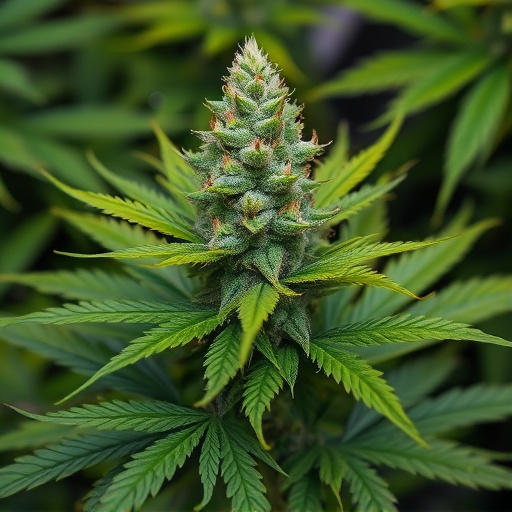
Potent cannabis strains, rich in cannabinoids like THC and CBD, offer promising therapeutic avenues…….

Selecting the ideal grind size for potent cannabis strains enhances flavor, potency, and extraction…….
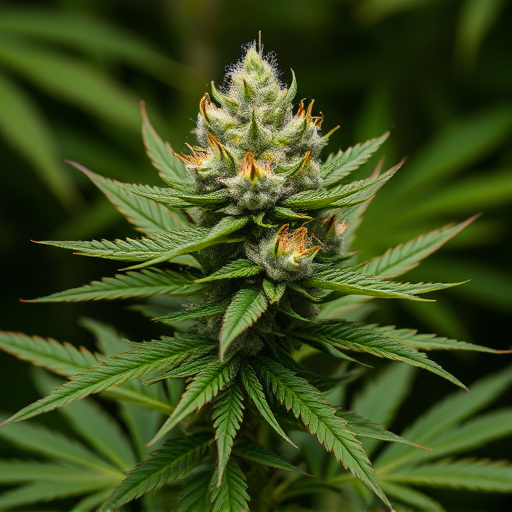
Indica strains, known for their calming effects, offer potent cannabis options that promote relaxati…….